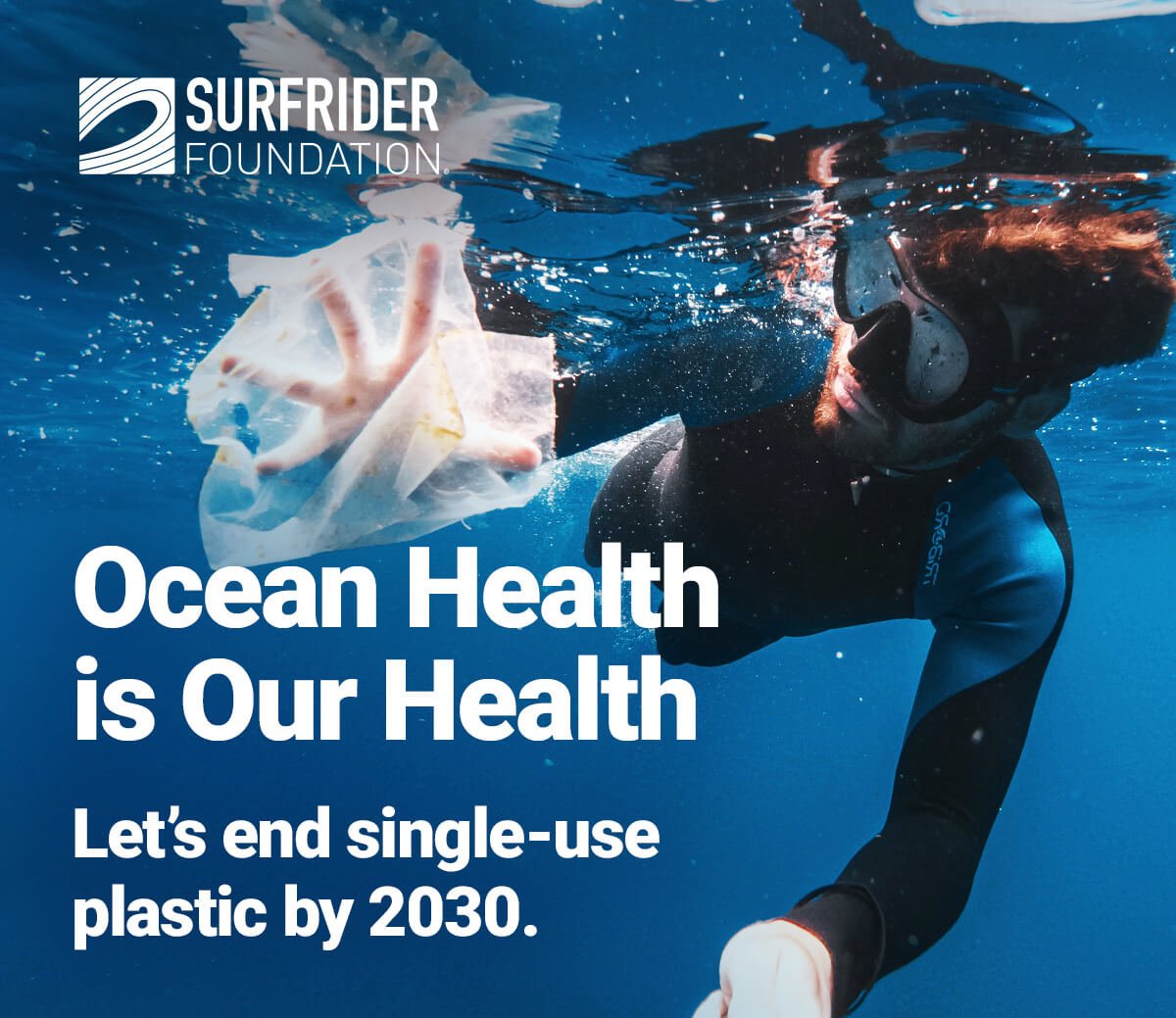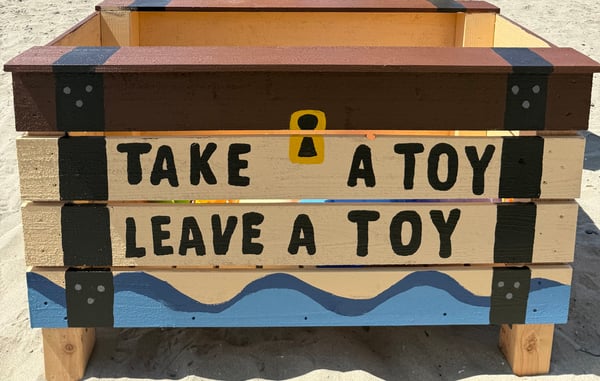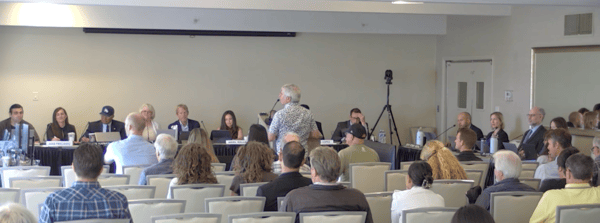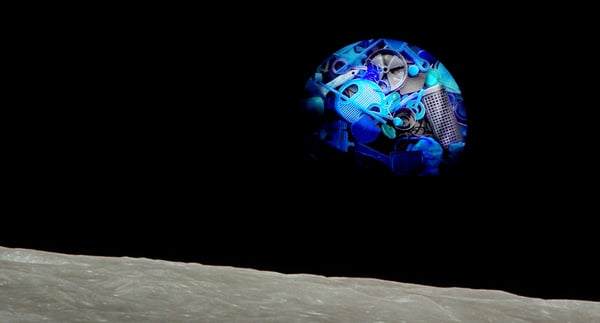
Rise Above Plastics
(RAP) works to lessen the impacts of plastics in the marine environment by raising awareness about the dangers of plastic pollution and by advocating for a reduction of single-use plastics.
Plastic Pollution
Most plastic pollution at sea starts out on land from overflowing landfills or as litter on beaches, streets and sidewalks. Rain flushes that plastic through a storm drain system, or directly sends it into creeks, streams and rivers that lead to the ocean. After plastics enter the marine environment, they slowly photodegrade into smaller pieces that marine life can mistake for food, sometimes with fatal results. Research groups report that ocean gyres — a system of circulating currents in an ocean — concentrate plastic pollution in five main areas of the world’s ocean, with alarming consequences.
The whole lifecycle of plastics is also problematic. From extraction to disposal, plastic pollutes our communities and environment. It is a leading contributor to climate change. And more often than not, it disproportionately harms Black, Indigenous, and Communities of Color.
Simple local actions can help make an impact to solve this global issue. Join us in protecting the San Diego County coast and Rise Above Plastics! Help make a difference by getting involved with our chapter.
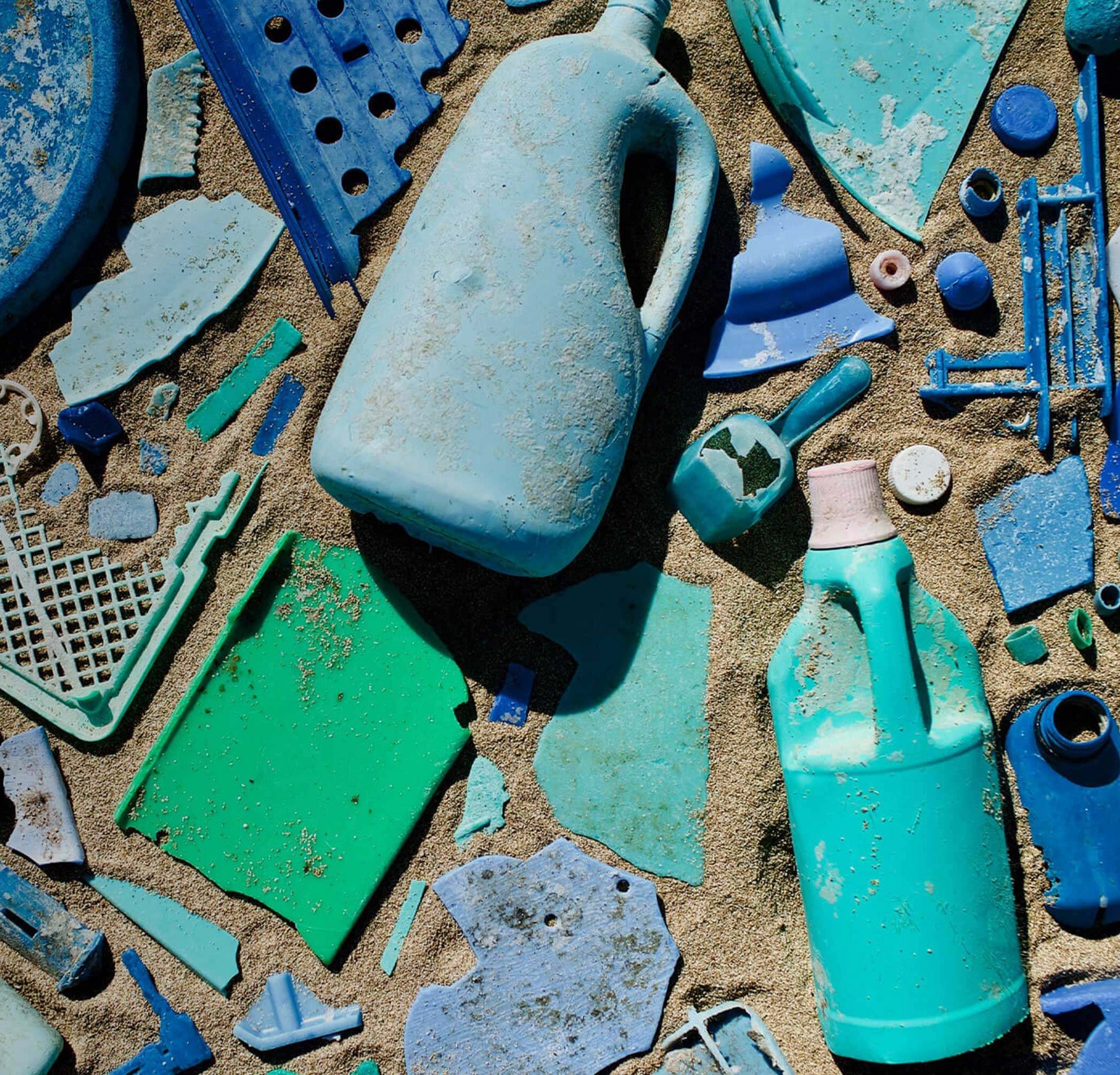
Plastic is All Around Us (and In Us!)
It's in our homes, offices, vehicles, yards, and playgrounds. We make and use it to package food, bottle products, bag produce, and construct dinnerware, utensils, toys, and more.
Plastics have undoubtedly helped us to manufacture, package and ship goods more easily, however, plastics pose a significant threat to our planet as well.
Part of the problem is plastic itself. The very qualities that make it an adaptable and durable product to use, also make plastic an environmental nightmare. Since plastics don’t biodegrade and instead break down under exposure to the sun's ultraviolet rays, they simply become smaller and smaller, eventually becoming microplastics. These microplastics get everywhere - they are in our air, water, and food - and are essentially impossible to clean up..
Bottom line: with the exception of the small amount that has been incinerated (which is also problematic), virtually every piece of plastic that was ever made still exists today in some shape or form.
About The Program
We all have a role to play in the fight against plastic pollution. The RAP program is a vehicle through which you can launch your own campaign to reduce plastics in your home, school, workplace, or community. RAP volunteers have presented at schools, hosted screenings of plastic pollution documentaries at local businesses, held reusable bag giveaways in front of grocery stores, and even organized “Straws Suck” bar crawls to educate the community in a fun, interactive way. As long as it furthers our shared goal of reducing single-use plastics, the sky’s the limit!
If you have an idea and are willing to execute it, we want to hear about it.
The RAP committee meets every third Tuesday from 6:00-7:00 pm.
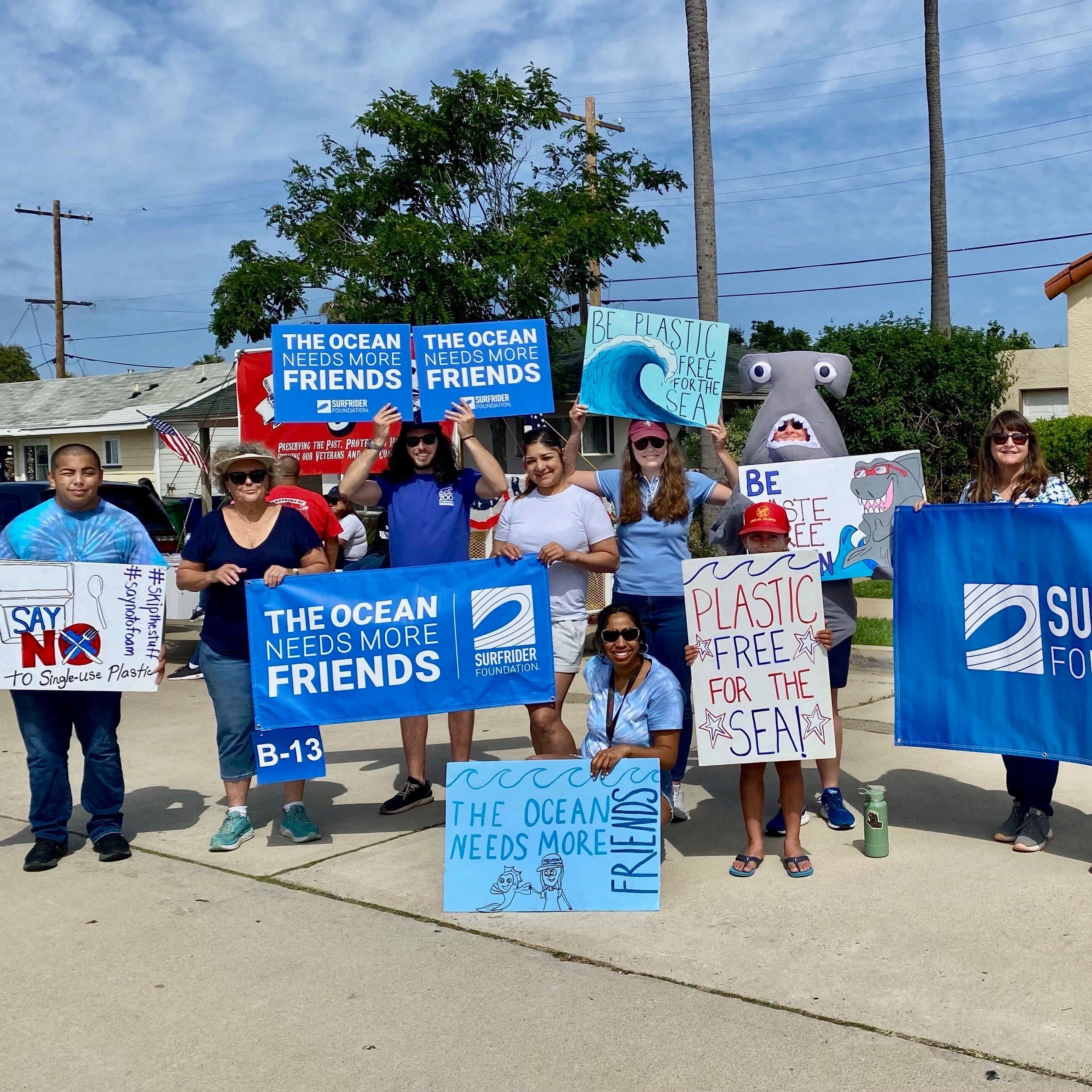
.png)
We Fight for Better Plastic Laws
Our Chapter has been a lead advocate for local policies to address plastic pollution for well over a decade. We've led and/or supported numerous successful campaigns to ban plastic bags, foam, straws, balloons, bottles, and other wasteful forms of single-use plastics in local cities. To assist with community education and ensure that both local and state plastic laws are followed, we created an easy-to-use database of all state and local plastic laws.
